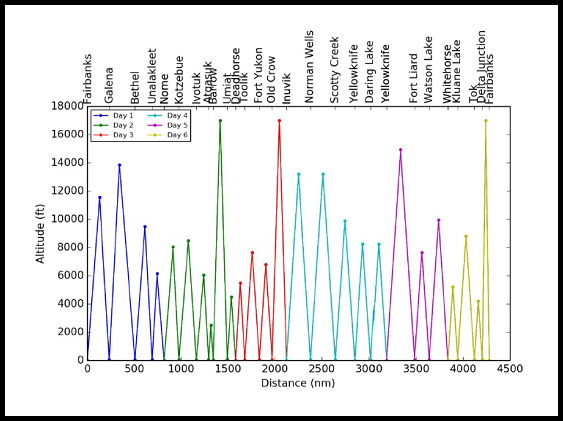ABoVE: Atmospheric Gas Concentrations from Airborne Flasks, Arctic-CAP, 2017
This dataset from the Arctic-Boreal Vulnerability Experiment (ABoVE) provides atmospheric carbon dioxide (CO2), methane (CH4), carbon monoxide (CO), molecular hydrogen (H2), nitrous oxide (N2O), sulfur hexafluoride (SF6), and other trace gas mole fractions (i.e., "concentrations") from flights over Alaska and the Yukon and Northwest Territories of Canada during the Arctic Carbon Aircraft Profile (Arctic-CAP) monthly sampling campaigns from April-November 2017. The data were derived from laboratory measurements of whole air samples collected by Programmable Flask Packages (PFP) onboard the aircraft. These data contribute to our understanding and predictive capabilities for modeling the land-atmospheric exchange of CO2 and CH4 to better understand the feedbacks that these greenhouse gases will have on the Arctic Boreal Ecosystem.
ABoVE is a NASA Terrestrial Ecology Program field campaign based in Alaska and western Canada between 2016 and 2021. See all ORNL DAAC data from ABoVE.
Data Citation: Sweeney, C., K. McKain, B. Miller, and S.E. Michel. 2019. ABoVE: Atmospheric Gas Concentrations from Airborne Flasks, Arctic-CAP, 2017. ORNL DAAC, Oak Ridge, Tennessee, USA. https://doi.org/10.3334/ORNLDAAC/1717
Data Center: ORNL DAAC
Sponsor: EOSDIS


